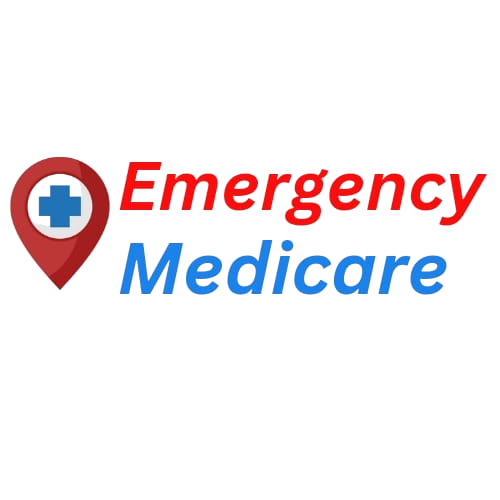A stroke is a medical emergency that requires immediate action. Every second counts because the faster a stroke is treated, the better the chances of recovery. This guide will walk you through the essential steps of first aid for a stroke in simple terms, so you can act confidently in an emergency. Let’s get started!
What is a Stroke?
A stroke occurs when blood flow to part of the brain is interrupted, either by a blockage (ischemic stroke) or a burst blood vessel (hemorrhagic stroke). Without oxygen-rich blood, brain cells begin to die, which can lead to permanent damage or even death.
Signs of a Stroke
Remember the acronym FAST to recognize stroke symptoms quickly:
- F – Face Drooping: Is one side of the face drooping or numb? Ask the person to smile.
- A – Arm Weakness: Is one arm weak or numb? Ask the person to raise both arms.
- S – Speech Difficulty: Is speech slurred or hard to understand? Ask the person to repeat a simple sentence.
- T – Time to Call Emergency Services: If you notice any of these signs, call for help immediately.
Other symptoms may include:
- Sudden confusion or trouble understanding speech.
- Sudden trouble seeing in one or both eyes.
- Sudden severe headache with no known cause.
- Sudden trouble walking, dizziness, or loss of balance.
Step-by-Step First Aid for a Stroke
1. Call Emergency Services Immediately
- If you suspect a stroke, call your local emergency number (102/108) right away.
- Note the time when symptoms first appeared—this is critical for treatment.
2. Keep the Person Calm and Comfortable
- Help the person sit or lie down in a safe position.
- If they’re unconscious, place them on their side in the recovery position to keep their airway open.
3. Monitor Their Condition
- Stay with the person and keep them calm.
- Check their breathing and pulse. If they stop breathing, be prepared to perform CPR (see below).
4. Do NOT Give Food, Drink, or Medication
- A stroke can affect swallowing, and giving anything by mouth could cause choking.
- Avoid giving aspirin or other medications unless instructed by a medical professional.
5. Perform CPR (If Needed)
- If the person is unresponsive and not breathing, start CPR immediately:
- Place the heel of your hand on the center of their chest.
- Place your other hand on top and interlock your fingers.
- Push hard and fast—about 2 inches deep and 100-120 compressions per minute.
- If trained, give rescue breaths after every 30 compressions.
6. Provide Reassurance
- Let the person know help is on the way and that they’re not alone.
What NOT to Do
- Don’t ignore the symptoms: Even if the symptoms seem mild or go away, seek medical help immediately.
- Don’t wait to see if symptoms improve: Time is critical in stroke treatment.
- Don’t drive the person to the hospital yourself: Emergency medical services can provide life-saving care on the way.
When to Seek Professional Help
A stroke is a medical emergency. Even if the symptoms seem to improve, it’s crucial to get medical attention immediately. Delaying treatment can lead to severe complications or death.
Prevention Tips
While not all strokes can be prevented, you can reduce your risk by:
- Eating a healthy diet low in saturated fats and cholesterol.
- Exercising regularly.
- Avoiding smoking and limiting alcohol.
- Managing conditions like high blood pressure, diabetes, and high cholesterol.
- Regularly checking your blood pressure and cholesterol levels.
Conclusion
A stroke is scary, but knowing first aid for a stroke can make all the difference. Remember:
- Act FAST to recognize stroke symptoms.
- Call for help immediately.
- Keep the person calm and comfortable until help arrives.
By learning these steps, you’re not just prepared—you’re empowered to save a life.
Stay calm. Act fast. Be a hero.
FAQs About First Aid for a Stroke
Q: How long do stroke symptoms last?
A: Symptoms can last for a few minutes or longer. Even if they go away, it could be a warning sign of a mini-stroke (TIA). Seek medical help immediately.
Q: Can I give someone aspirin during a stroke?
A: No. Aspirin can be harmful in some types of strokes. Wait for medical professionals to advise.
Q: What if I’m alone and having a stroke?
A: Call emergency services immediately and try to stay calm until help arrives.

Leave Your Comment